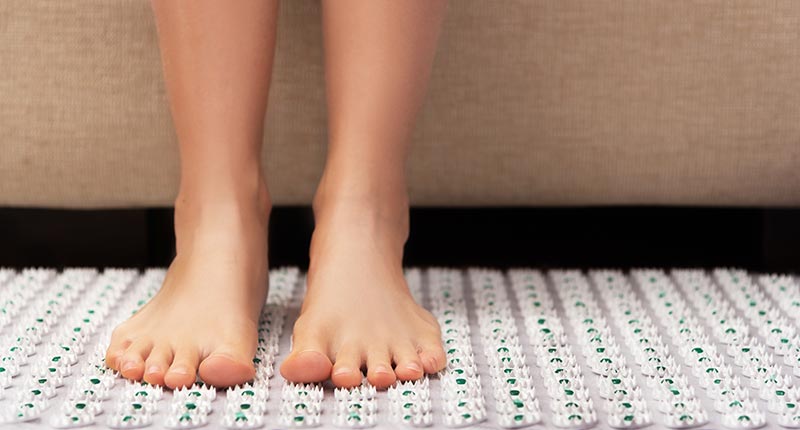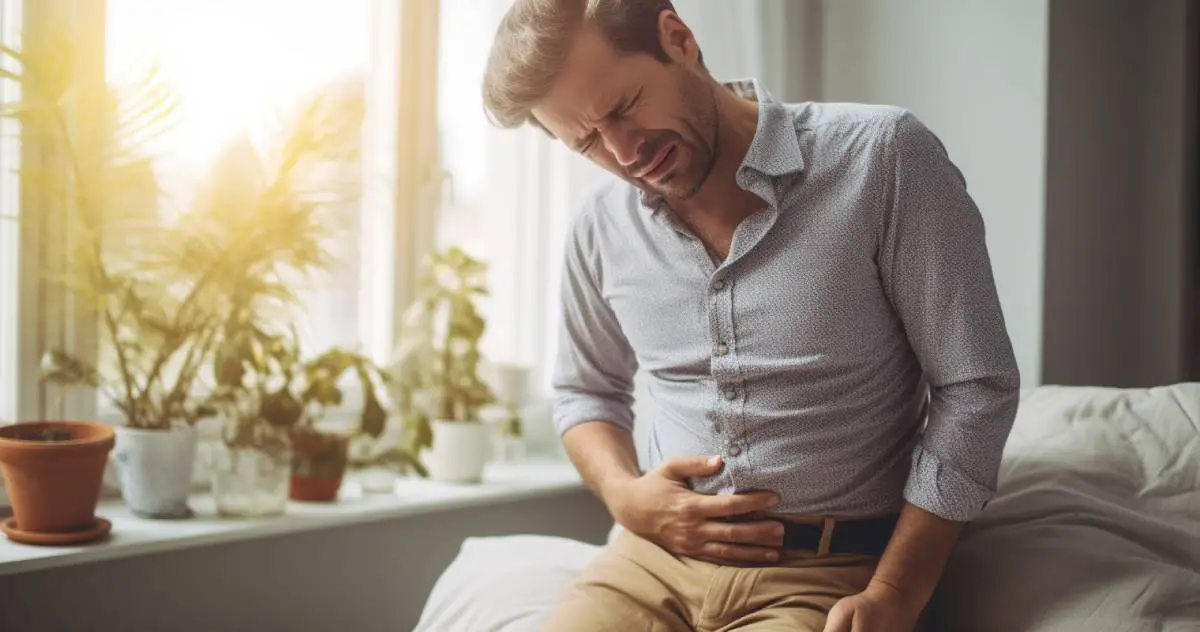Where Are the Acupressure Points for Knee Pain?
Knee pain can be debilitating, affecting your ability to move freely and perform everyday activities. Traditional treatments often involve medication or even surgery, but what if there was a less intrusive way to find relief? Acupressure points for knee pain provide a simple, effective home remedy. In this article, we’ll explore five key acupressure points that target knee pain, giving step-by-step instructions on applying pressure for maximum relief. Refer to the table above for a quick overview of these essential points.
By incorporating these acupressure techniques into your daily routine, you can take control of your knee pain and improve your quality of life.
| Acupressure Point | Location | Benefits |
|---|---|---|
| BL-40 | Center of the knee crease | Treats knee and lower back pain, clears blood, frees connecting vessels, and discharges heat. |
| GB-34 | Depression just below the head of the fibula | Helps with muscular tension, aches, and muscle strains |
| SP-9 | Inside of the leg just below the knee and under the head of the fibula | Helps with knee pain relief, especially if there is swelling and edema |
| ST-35 | Depression just below the kneecap’s lateral side | Helps with knee pain, swelling, and motor impairment |
| ST-36 | About four fingers below the kneecap and just outside the shinbone | Helps with knee pain relief, nausea, vomiting, stress, and fatigue |
| GB-33 | Located at the bottom close to the knee, in the corner where two bones meet on the outer border of your thigh bone | Effective for alleviating knee pain. |
| ST-34 | Located on the outer upper corner of your knee cap, then slide your finger up your thigh about two thumb widths up | Effective for reducing swelling in the knee area. |
Acupressure Points For Knee Pain
Part of the beauty of acupressure is that anyone can do it. Below, we will highlight five acupressure points for knee pain with pictures. Before we delve into the specific pressure points for knee pain relief, let’s hear from an expert on how to maximize the effectiveness of your acupressure routine. Dr. Gene Wei, a renowned TCM doctor, offers the following step-by-step guide:
How To Apply Acupressure For Knee Pain Relief
- Locate the Point: Use the descriptions and images in this article to find the specific pressure points for knee pain relief.
- Apply Firm Pressure: Use your thumb or another finger to apply firm pressure on the point. According to Dr. Wei, the pressure should be enough to cause tolerable discomfort—essentially, it should hurt a little but in a good way.
- Hold for 20-30 Seconds: Maintain the pressure for 20-30 seconds.
- Release and Rub: After releasing the pressure, rub the area gently for 10-20 seconds.
- Repeat: Perform this cycle 2-4 times, rotating through the various points.
Acupoint: GB-33 (Other Names: Gallbladder-33/Xi Yang Guan/Knee Yang Gate)
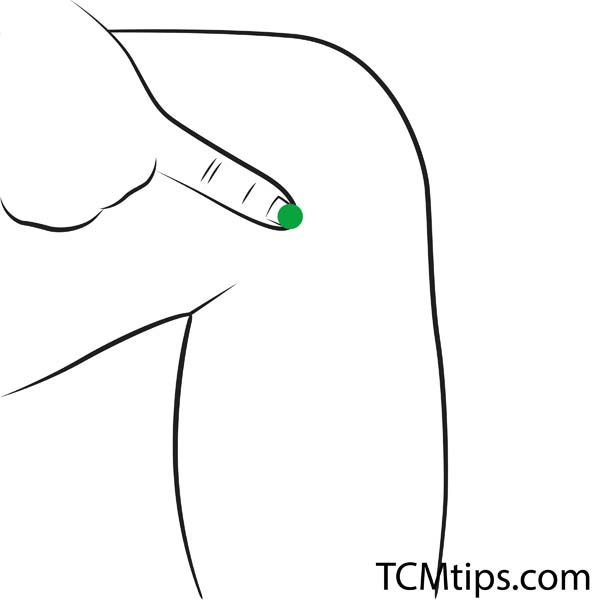
GB-33 is one of the knee pain acupressure points that Dr. Gene Wei highly recommends. To locate this point, run your finger down the outer border of your thigh bone on your upper leg. When you reach the bottom close to the knee, you’ll feel a depression in the corner where two bones meet. This point is particularly effective for alleviating knee pain.
Acupoint: ST 34 (Other Names: Stomach-34/Liangqiu/Beam Hill)
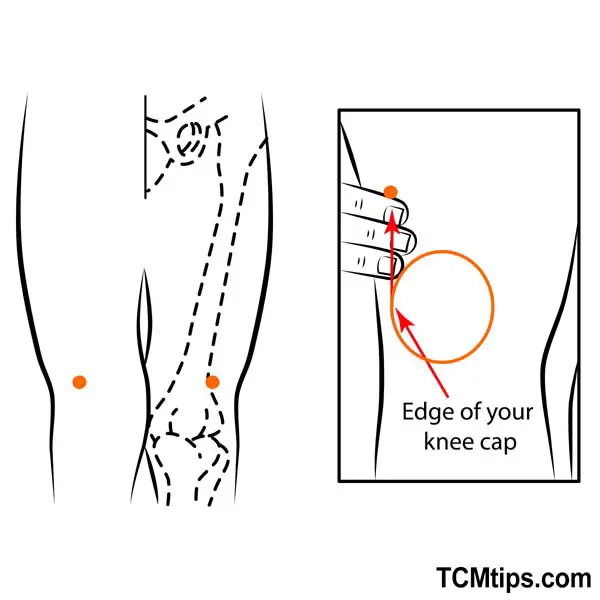
ST 34 is another point Dr. Gene Wei recommends, especially when you’re looking for acupressure points for knee pain and swelling. To find this point, place your finger on the outer upper corner of your kneecap. Then slide your finger up your thigh from there, about three fingers-widths up. The point will be there and is effective for reducing swelling in the knee area.
Acupoint: Bl-40 (Other Names: Urinary Bladder-40/Wei Zhong/Middle of the Crook)
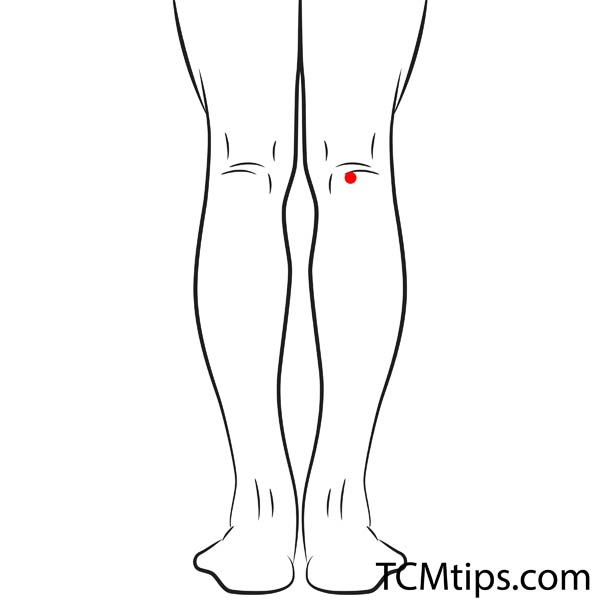
Bl-40, also known as “weizhong” or “middle of the crease”, is located in the center of the knee crease. This point is one of the most effective in treating knee and lower back pain. It is believed to clear blood, free connecting vessels, and discharge heat. This point is commonly treated to improve one’s overall health. Research also suggests that there is a connection between Bl-40 and the brain. The study showed that stimulation of Bl-40 could help regulate activation and inhibition of certain brain activity. It is also one of the excellent acupuncture points for hip pain.
Acupoint: GB-34 (Other Names: Gallbladder-34/Yang Ling Quan/Yang Mound Spring)

Gb-34, also known as “yanglingquan” or “yang mound spring”. To locate the acupoint, find the head of the fibula first. The acupoint is in the depression just below the head of the fibula. Not only is this acupoint beneficial for knee pain, but it also helps with muscular tension, aches, and muscle strains. Like Bl-40, Gb-34 has a known connection to the nervous system. In a 2012 study, it was found that acupuncture treatment of Gb-34 increased activity in areas of the brain linked to Parkinson’s Disease. This suggests that Gb-34 may help treat severe nervous system disorders such as Parkinson’s Disease. This is also a good pressure point for upper back pain relief.
Acupoint: SP-9 (Other Names: Spleen-9/Yin Ling Quan/Yin Mound Spring)
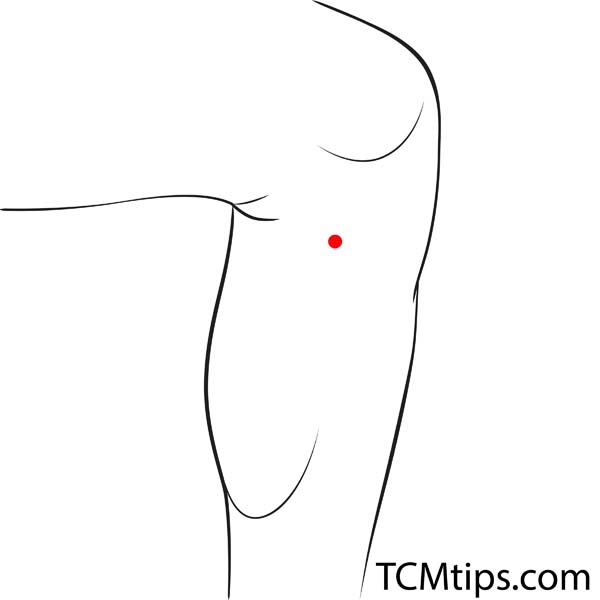
SP-9, also known as “yinlingquan” or “yin mound spring”, is located on the inside of the leg just below the knee and under the head of the fibula. This acupoint can help relieve knee pain, especially if swelling and edema occur. In addition to draining fluid from the knees, it regulates the digestive, urinary, and reproductive systems. SP-9 can also resolve other fluid-related issues throughout the body, such as bloating or dry mouth. It is one of the 10 acupressure points for snoring that you can use at home easily.
Acupoint: ST-35 (Other Names: Stomach-35/Du Bi/Calf’s Nose)

St-35, also known as “dubi” or “calf’s nose”, is located in the depression just below the kneecap’s lateral side. Make sure to treat this point if you are experiencing knee pain, swelling, and motor impairment. After receiving laser acupuncture treatment in 12 sessions, participants in a 2008 study observed their knee pain reduce by almost 50%. While the research was inconclusive, it shows how promising ST-35 and other similar acupoints are for treating knee pain.
Acupoint: ST-36 (Other Names: Stomach-36/Zu San Li/Leg Three Miles)

St-36, also known as “zusanli” or “leg three miles”, is located about four fingers below the kneecap and just outside the shinbone or 3 cun below ST-35. You can more easily find this point if you flex your foot and feel a muscle pop up. St-36 can help with knee pain relief but is more well-known for treating nausea, vomiting, stress, and fatigue. It is one of the top 10 acupressure points to relieve body pains and aches.

Acupressure and Meniscus Tear Recovery
Dr. Gene Wei sheds light on the role of acupressure in the recovery process of a meniscus tear. According to him, the effectiveness of acupressure really depends on the nature and severity of the meniscus tear. Acupressure could help by optimizing blood flow, reducing inflammation, and speeding up the healing process for tears that may heal on their own. However, it’s crucial to rest your knee even if you are using acupressure.
Additional Acupuncture Points for Meniscus Tear
| Acupressure Point | Benefits |
|---|---|
| ST35 | Optimizes blood flow |
| ST36 | Reduces inflammation |
| ST38 | Speeds up healing |
| ST40 | Enhances overall knee health |
| GB36 | Optimizes blood flow |
| GB37 | Reduces inflammation |


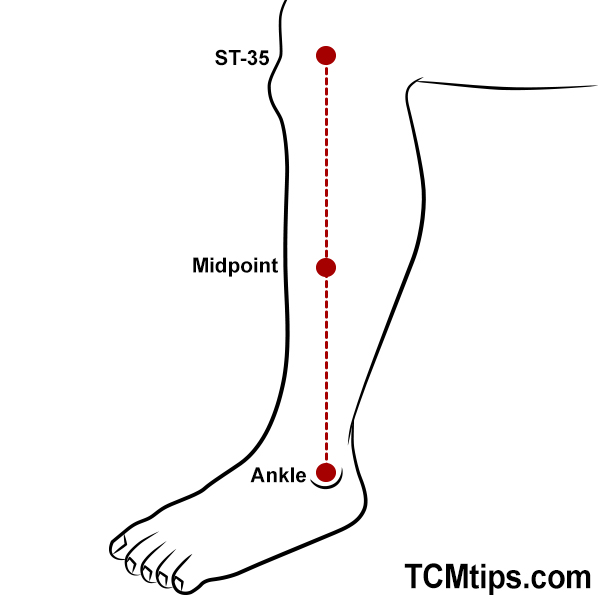
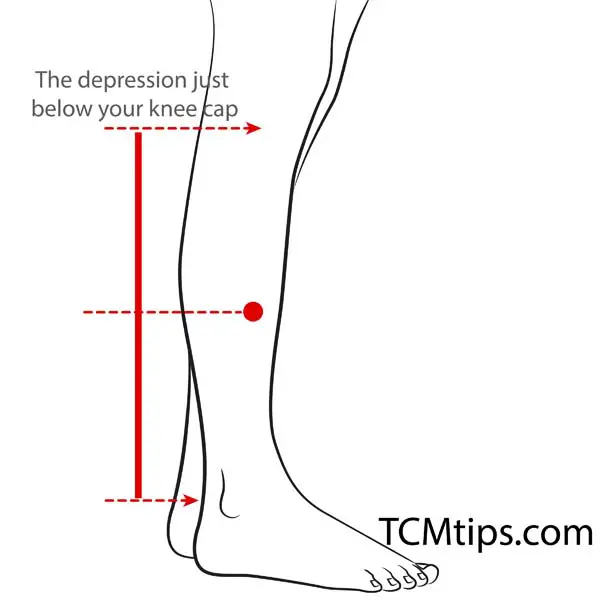
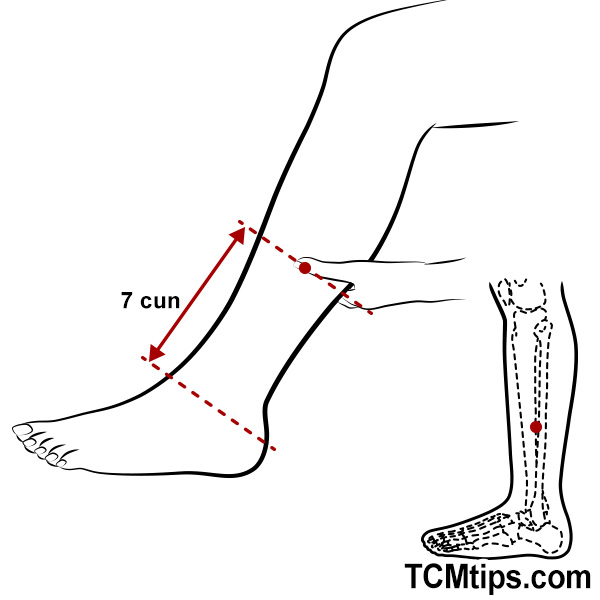
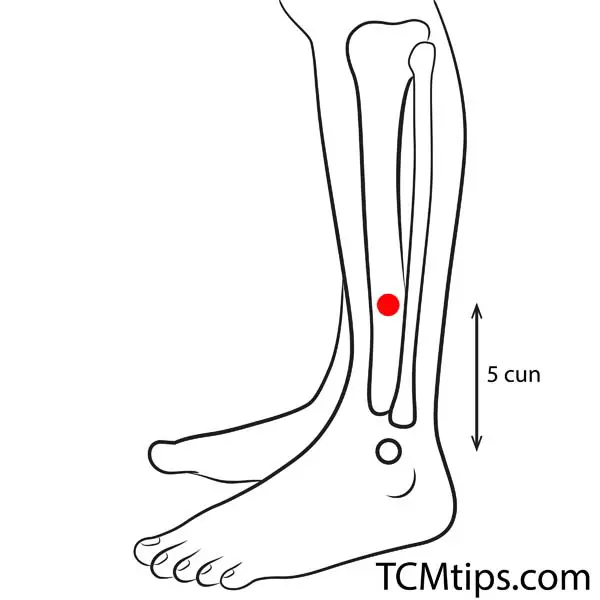
When to Avoid Acupressure for Meniscus Tears
Dr. Wei emphasizes that while acupressure points for knee pain can be beneficial, they shouldn’t replace other treatments in certain situations. For instance, if the tear is on the inner ⅔ of the meniscus, relying solely on acupressure could be detrimental, and surgery may be needed.
Acupressure for Knee Ligament Damage
Dr. Gene Wei discusses the potential benefits of acupressure for individuals with knee ligament damage. According to him, acupressure can be beneficial depending on the severity of the injury. While it may not completely heal the ligament, it could help lower inflammation and optimize blood flow.
Acupuncture Points for Knee Ligament Damage
| Ligament Location | Acupressure Points |
|---|---|
| Lateral (Outside) | GB-32, GB-33, GB-34, GB-35, GB-36, GB-37 |
| Medial (Inside) | SP-8, SP-9, SP-10 |
| Middle | BL-38, BL-39, BL-40, ST-34, ST-35, ST-36 |






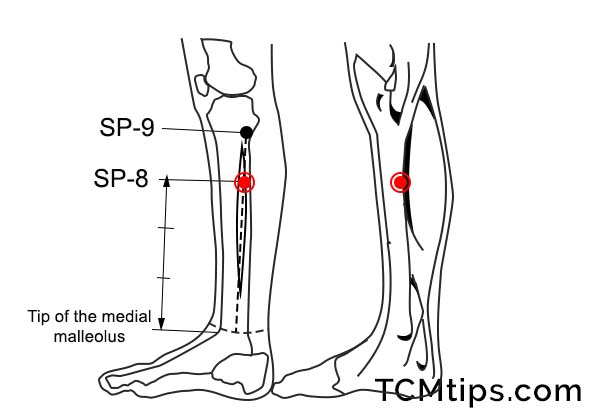


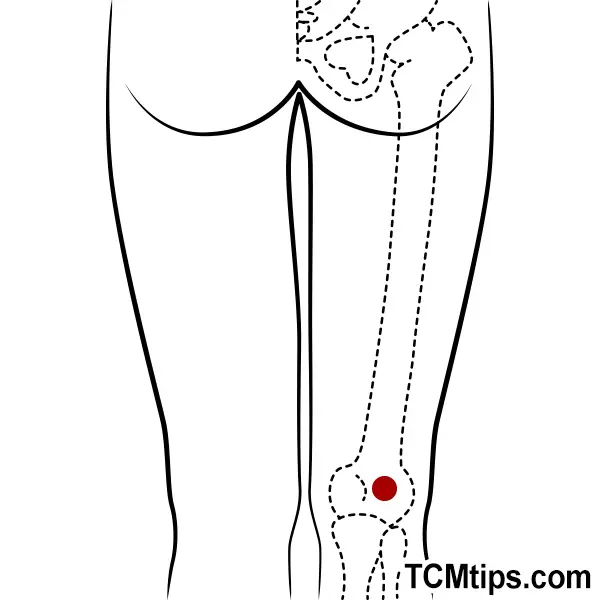
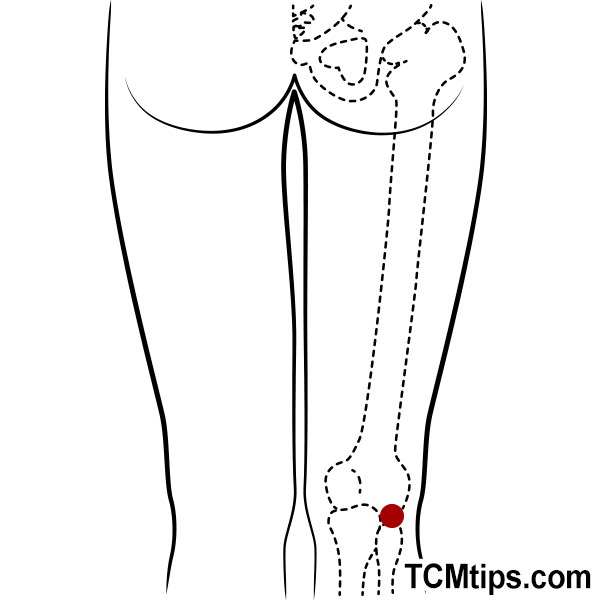




Warning Signs to Stop Acupressure
Dr. Wei advises that if you don’t experience any improvement within 2-4 weeks of using acupressure points for knee pain, it’s best to consult a specialist. Ideally, consult a knee specialist right from the start. If they recommend time for healing, acupressure can be a useful adjunct to speed up the recovery process.
Additional Tips for Knee Joint Pain Relief Using Acupressure
When it comes to acupressure for knee joint pain, Dr. Gene Wei emphasizes that frequency is key. He suggests aiming for 2-4 sessions evenly spaced throughout the day.
Effective Acupressure Practices
- Consistent Sessions: Dr. Wei recommends 2-4 sessions of acupressure for knee joint pain daily.
- Optimal Timing: According to Dr. Wei, the most effective times to perform acupressure are right after waking up and just before going to bed. These times are ideal because the body is in a relaxed state, making it more receptive to the benefits of acupressure for knee joint pain.
- Acupoint Exploration: Dr. Wei advises not to limit yourself to the known acupressure points for knee joint pain. He suggests using your fingers to explore areas close to these points. If you find any points that are particularly sensitive, applying pressure there can often bring significant relief.
Can Acupressure Help With Knee Pain?

Acupressure works just like acupuncture but is less invasive. Instead of needles, you apply pressure to acupoints via the fingers, hands, or a particular device. It is an excellent alternative for those still on the fence about acupuncture but still want to experience some possible benefits. It is also more convenient since it can be done anytime and anywhere. Acupressure has been shown to be an effective short-term treatment for chronic knee pain. Some other benefits include improvement in blood circulation and muscle tension.
How To Give A Knee Massage
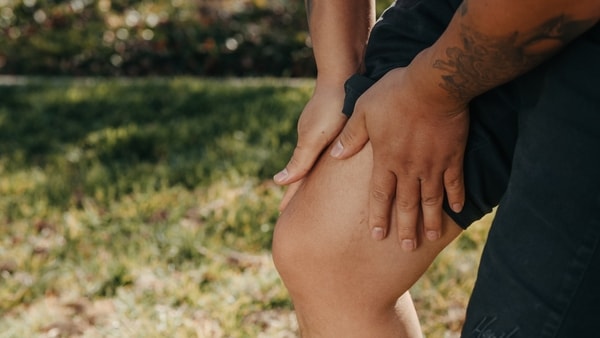
Massaging is another excellent option for knee pain management. Follow the below steps for administering self-massage for knee pain.
Step #1: Sit in a comfortable position
Find an area where you can perform the self-massage treatment. You want to position yourself as comfortably as possible.
Step #2: Warm-up
Prepare your muscles for the massage by applying a heat compress or gently pressing over the general area.
Step #3: Target problem areas
Once warmed up, pinpoint your knee’s sore or more painful parts and massage these areas using small circular motions. Continue doing this for as long as you desire. Stop if you feel pain.
Repeat the above steps as often as needed. It is recommended to perform a massage for knee pain at least twice weekly. Massaging can be done by treating acupressure points for knee pain at home for maximum results!
How To Massage Knee To Reduce Swelling
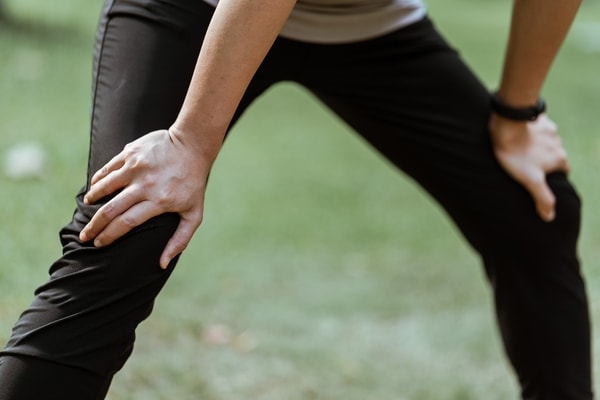
If you notice swelling in your knees, it may result from injury or disease. Your body responds to these issues by collecting fluid in the area. Symptoms include noticeable puffiness, redness, pain, and knee stiffness. One of the best home remedies for reducing knee swelling is massaging, which promotes fluid drainage from the joint. You can follow the above steps on performing a knee massage or a more detailed self-treatment guide by the American Massage Therapy Association. You could treat swelling with ice, heat compresses, elevation, pain medication, and exercises to facilitate healing further.
 P. Sze
P. Sze 




